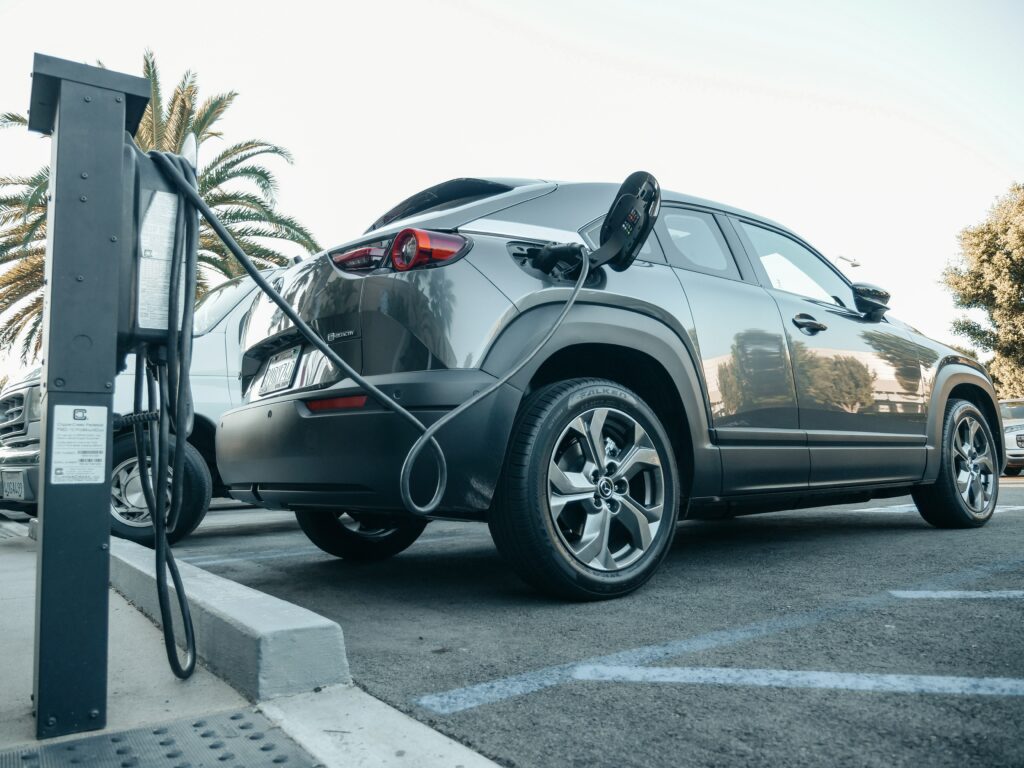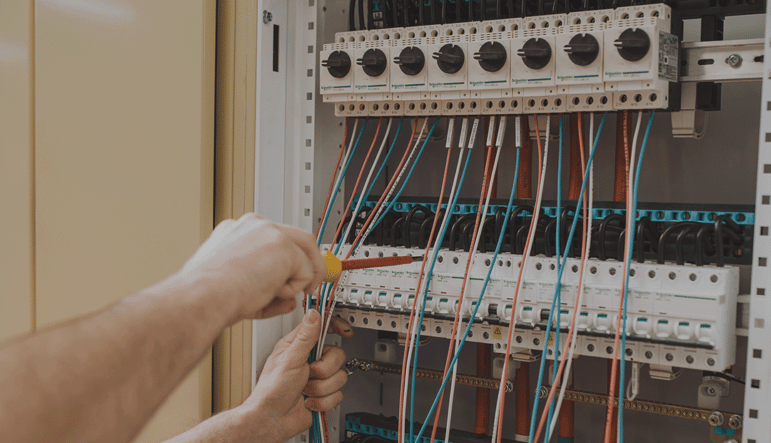Building electrical distribution boards for electric vehicle charging can be a complex and specialized task that requires a thorough understanding of electrical systems and the specific requirements for charging electric vehicles. Below are some general guidelines for building an electrical distribution board for electric vehicle charging.
A distribution panel, also known as a breaker panel or electrical panel, is a component of an electrical system that divides the electrical power feed into subsidiary circuits while providing a protective fuse or circuit breaker for each circuit in a common enclosure. In the context of electric vehicle charging, a distribution panel would be used in conjunction with an electric vehicle charging station to distribute the electrical power from the charging station to the electric vehicle’s battery.
The distribution panel would include the necessary protective devices, such as fuses or circuit breakers, to ensure the safe and efficient distribution of electrical power to the vehicle. The distribution panel may also include metering equipment to monitor the amount of electrical power being used by the charging station and the electric vehicle
These are just some general guidelines for building an electrical distribution board for electric vehicle charging. It is important to consult with a qualified electrician or other professional to ensure that the board is designed, installed, and maintained properly.
Contact Clive Wilson Switchboards today for more information on how we can assist with your EV Charging project


